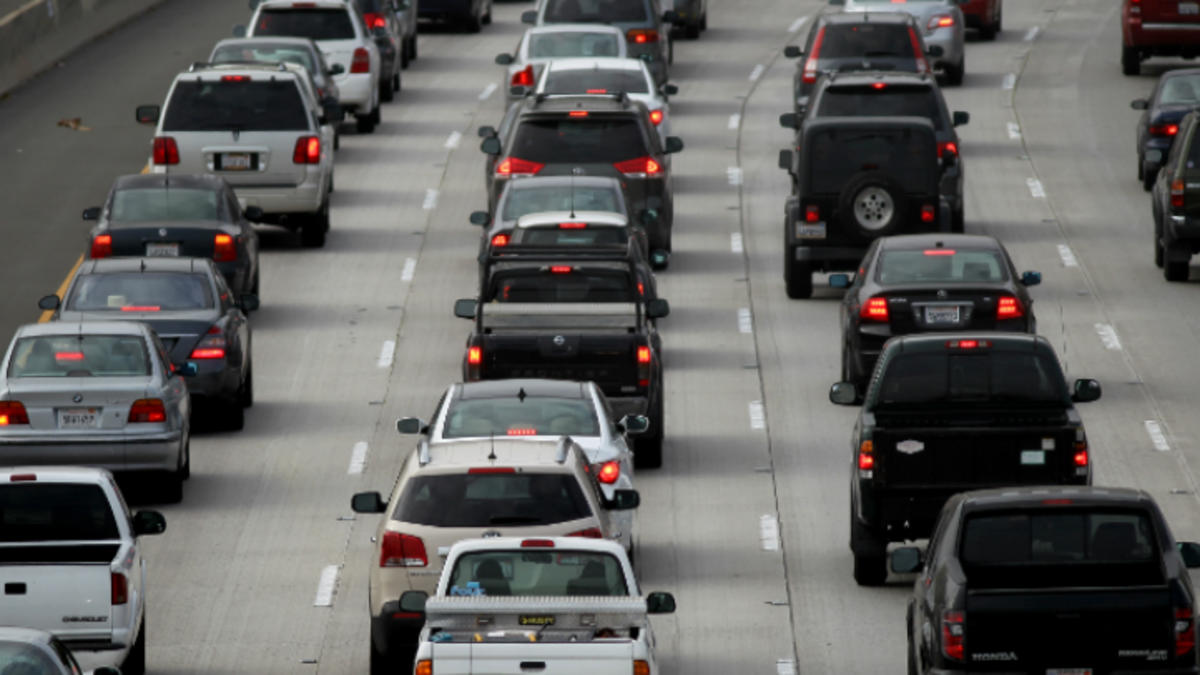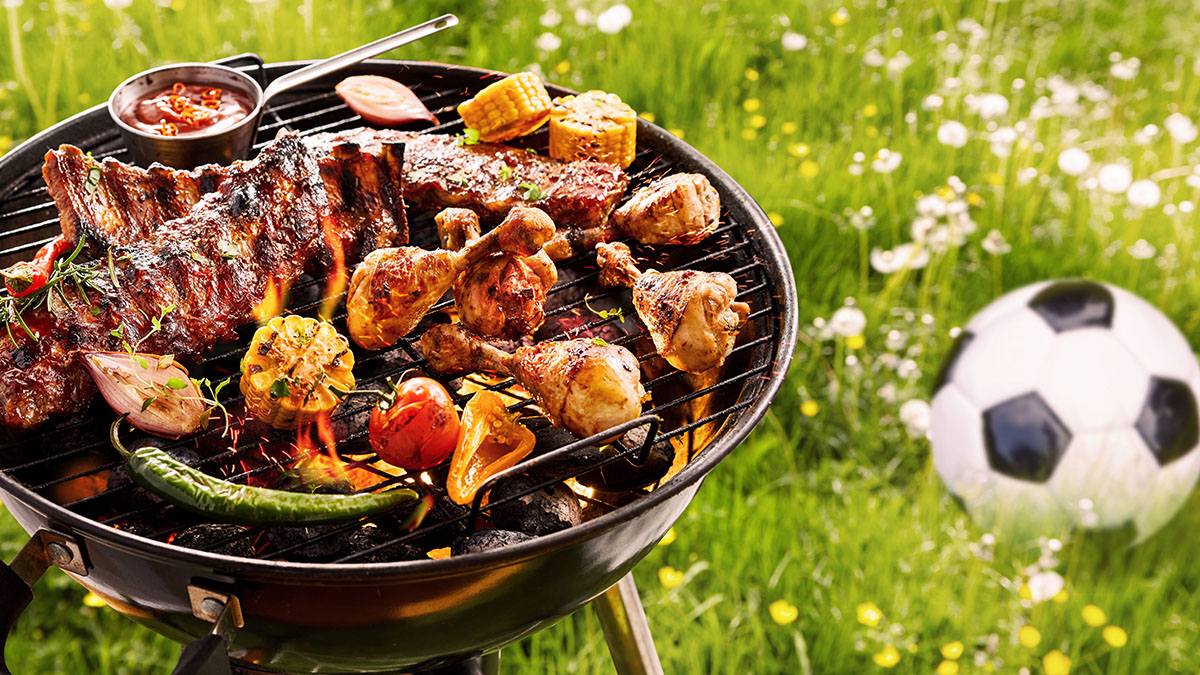Every year, a special American holiday comes around: Labor Day. It’s a significant day, a time when we stop to say thanks and give credit to the hard work of the country’s workers.
As families get together, parades march down the streets and grills cook up delicious food, there’s more to this day than just parties and store sales.
Let’s take a look at the story behind this cherished national holiday:
The making of a national holiday
Get Connecticut local news, weather forecasts and entertainment stories to your inbox. Sign up for NBC Connecticut newsletters.
During the late 19th century, the average laborer often worked seven days a week, 12 hours a day, including child laborers as young as five years old.
The idea of Labor Day emerged in the late 19th century out of the organized labor movements. In September 1882, unions in New York decided to throw themselves a parade to celebrate unions as a concept and the hard-working people comprising them.
Soon, unions in other states started having September parades, and within five years, several states declared “Labor Day” as official state holidays.
On June 28, 1894, President Grover Cleveland signed an act establishing Labor Day as a federal holiday to be observed on the first Monday of September every year.
The way Labor Day is celebrated today, with gatherings and parades, is very similar to how it was celebrated in its early days.
According to the Department of Labor, advocates for the holiday said marching in a parade would show “‘the strength and esprit de corps of the trade and labor organizations’ of the community."
There were often festivals too, allowing workers and their families to have fun together, in celebration of their economic contributions.
Over time, the holiday gained more focus on its economic and civil significance, with speeches given to honor American workers.
How do we celebrate Labor Day today?
While some towns still have Labor Day parades, today the holiday is primarily focused on celebrating the summer. Barbecues and beach parties are more common now than marching bands and union speeches.
The holiday has also evolved into a marketing event, with businesses offering sales and even food freebies.
Can you wear white after Labor Day?
We've all heard the rule: You can't wear white after Labor Day. But where did it come from and why is it considered a fashion faux pas?
While some fashion experts say the idea came about because Labor Day marked the end of summer and white was traditionally thought of as summer-wear, others point to a social more set by the wealthy in society. Because people with less money could not afford seasonal clothes, the rule was a way to easily denote who was wealthy and who wasn’t.
Either way, the rule isn't carved in stone and over time people stopped following the trend. Today, most Americans wear white after Labor Day and Coco Chanel famously wore white year-round.



